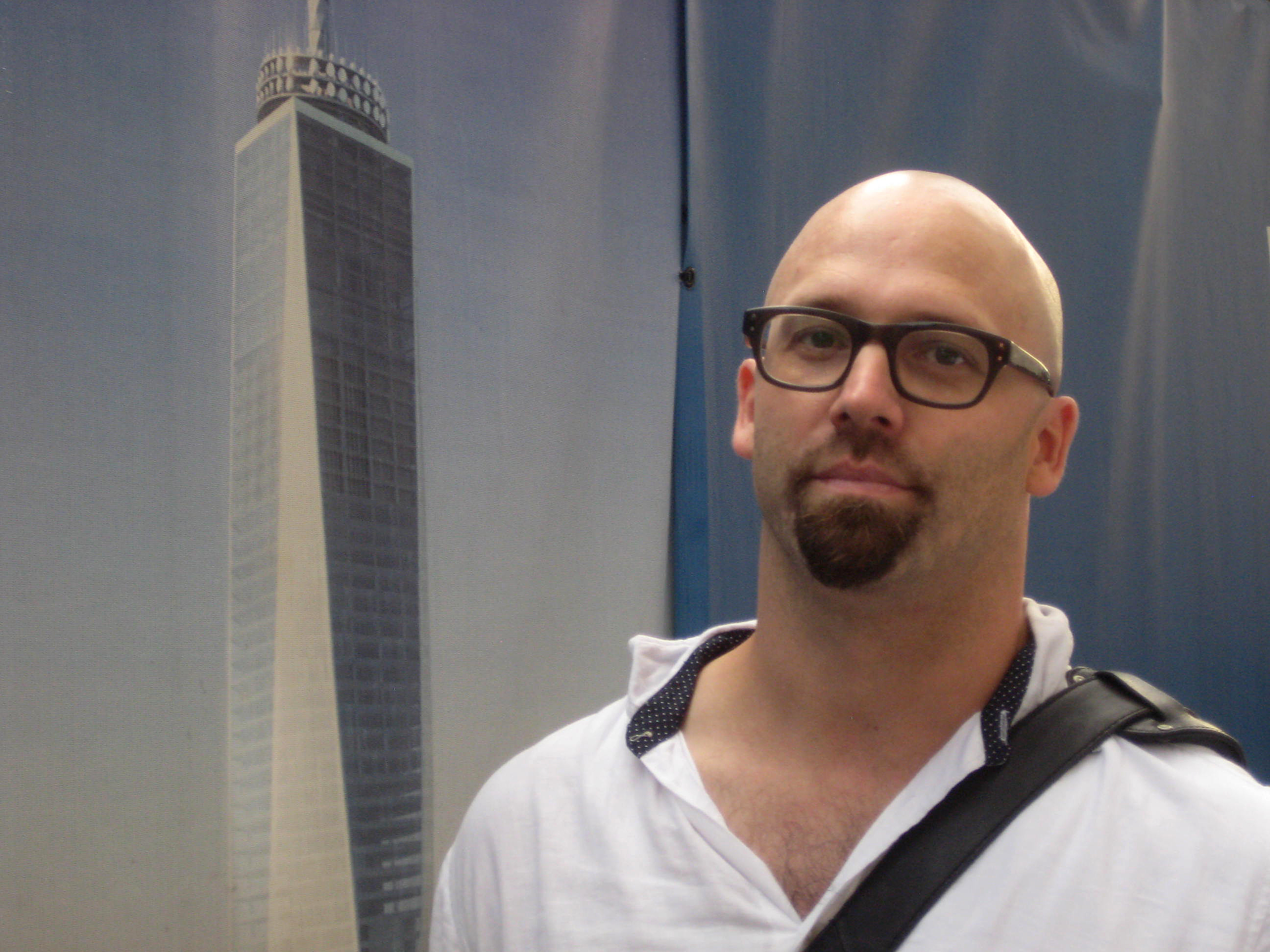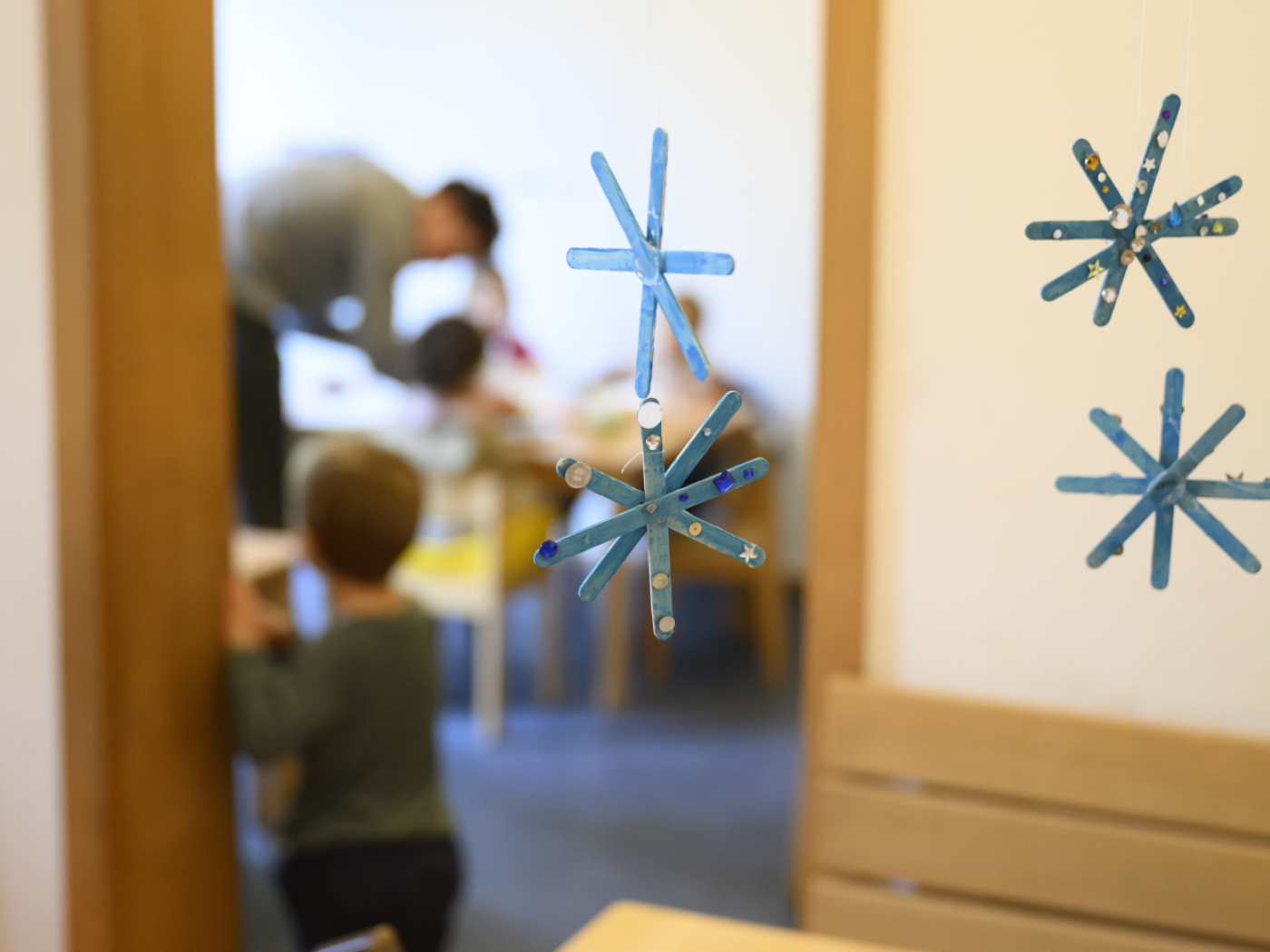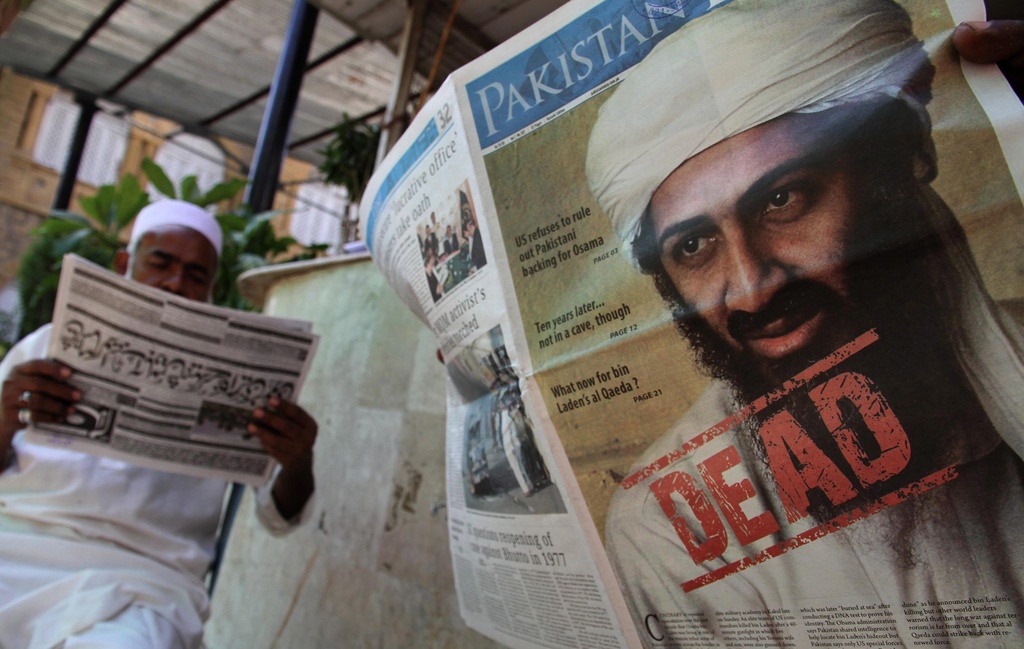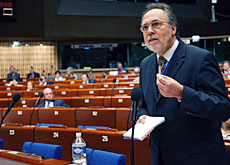Swiss New Yorkers reflect on 9/11

Ahead of the tenth anniversary of the September 11 terrorist attacks, swissinfo.ch spoke to two Swiss New York residents about their memories and decision to stay on.
On September 11, 2001, Beat Baudenbacher was at his office early when his colleagues began streaming in with news that the twin towers had been hit by two passenger planes. He left his office, and saw the second tower collapse.
“There were other planes in the sky and that was scary. I remember thinking for the first time, I had a glimpse of what my grandparents must have felt during the Second World War when there was danger in the sky,” the designer said.
Unlike many New Yorkers, Baudenbacher has never visited Ground Zero, the site of the terrorist attacks that killed close to 3,000 people — including two Swiss nationals — until now.
“I thought I didn’t need to see it with my own eyes. It was probably a defense mechanism to a certain degree.”
When the attacks happened, Baudenbacher says he was going through a tough time emotionally, feeling somewhat disillusioned with the world of work. September 11 clearly made things worse leaving him feeling more vulnerable than ever.
It probably didn’t help that Baudenbacher knew the towers well, having walked past them for over a year, on his way to a job just blocks away.
Today, standing in front of One World Trade Center, a skyscraper under construction that will become the tallest building in North America, Baudenbacher tries to find the footprints of the former towers, which are hidden from view by construction fencing.
“It feels kind of weird I’ve got to say it,” Baudenbacher said. Water pools in the footprints will open on the tenth anniversary of the attacks as will a subterranean museum dedicated to 9/11 victims and a memorial garden.
Fear of heights
He points to what some refer to as “the freedom tower”, with 80 of the 105 floors completed, and says he doubts he will ever go to the top floor.
“That is definitely one of the things 9/11 has done for me. I do not have the desire to go very high in buildings anymore. I sacrifice the view,” Baudenbacher said.
After the attacks, Baudenbacher reflected on the security he felt growing up in Switzerland, and the safety of living in a country far removed politically from major conflicts.
Still, he decided to stay in New York, in part to show support for the city. “I actually wanted to stay more than before. I thought there was an amazing camaraderie in the city afterward. I remember wanting to stay here deliberately.”
Baudenbacher says ten years on he no longer feels like a target and does not think about the 9/11 attacks very often. “I have a wife and two little kids so I don’t have time to think about things that much anymore.”
Tina’s story
For Tina Roth-Eisenberg the day’s events remain clearly etched in her mind.
On the morning of 9/11 she was still fighting off jet lag, having returned from a visit to Switzerland – which she had left in 1999 — the day before.
At work, a few blocks from the World Trade Center, Roth-Eisenberg heard a huge explosive sound like nothing she had heard before.
“I looked out the window and saw paper flying everywhere.” Roth-Eisenberg said. “Then I saw that the North Tower was on fire,” she said. “I had no idea what was happening and I did not know what to do. I was in a fog.”
After she heard another loud explosion, about 20 minutes after the first, Roth-Eisenberg rushed down the 20 flights of stairs with a group of employees from a neighbouring design firm. “This one young woman kept saying ‘my fiancé works on the top of the towers’.”
Covered in ash
When Roth-Eisenberg opened the door to the street she got the shock of her life. “I was swept up by an enormous ash cloud, and I could see the first tower collapsing. It was terrifying. I was completely covered in ash and struggling to breathe.”
The group ran into a nearby restaurant and found towels in the kitchen, which they used to filter out the toxic ash. Outside, they rushed to help a woman who was lying in the middle of the street, dazed and covered in dust.
They made their way to the young woman’s apartment where Roth-Eisenberg called her parents in Switzerland, who were “worried sick and panicked”.
Roth-Eisenberg went to bed that night feeling completely numb and lost. “I didn’t cry or anything. I was in a complete state of shock.” But in the days and weeks that followed the attacks, the reality of what happened began to sink in.
On the weekend after the attack, Roth-Eisenberg finally cried. “I just lost it. I sobbed uncontrollably.”
She later earned that the young woman from her building had lost her fiancé in the terrorist attacks.
A few weeks after the attacks, Roth-Eisenberg lost her job after the design firm where she worked was forced to close, due to the uncertain economic climate. She was worried about being able to pay her rent.
New York dream
For a long time, she was afraid to use the subway, but repeatedly told herself “you can’t live in fear, then they win”.
While everything seemed to point to Roth-Eisenberg returning to Switzerland, she didn’t want to give up her New York dream. “I absolutely love New York City and the people in it. I still wanted to call New York my home,” she said.
Roth-Eisenberg says she was touched by the kindness she witnessed in the aftermath of the terrorist attacks. “Complete strangers helped me and helped each other. It was seriously impressive and I don’t know if that would happen anywhere else in the world.”
She also had a sense that New York would recover. “Of course the attacks have changed everyone in New York, but this city is resilient. People here are fighters.”
Since the attacks Roth-Eisenberg has married, had two children and started her own successful business. “New York City is my home. I am the unofficial ambassador of Brooklyn.”
The official memorial to the victims will open in New York on the 10th anniversary of the attacks.
“Reflecting Absence” honours the victims of the September 11 attacks and the 1993 World Trade Center bombing.
The memorial, designed by Peter Walker and Israeli-American architect Michael Arad, consists of a field of trees interrupted by the footprints of the twin towers. Pools of water fill the footprints, underneath which sits a memorial space whose walls bear the names of the victims.
In addition, an underground museum is due to open its doors in 2012.
The rest of the area of Ground Zero will contain a building complex with the “Freedom Tower“ at its centre. When completed the 514 metre-high tower will be the tallest building in the US.
In total just over 75,000 Swiss live in the US, including 19,000 in the greater New York area. Two-thirds are dual nationals. (Source: Swiss Abroad Statistics 2010)

In compliance with the JTI standards
More: SWI swissinfo.ch certified by the Journalism Trust Initiative















You can find an overview of ongoing debates with our journalists here . Please join us!
If you want to start a conversation about a topic raised in this article or want to report factual errors, email us at english@swissinfo.ch.